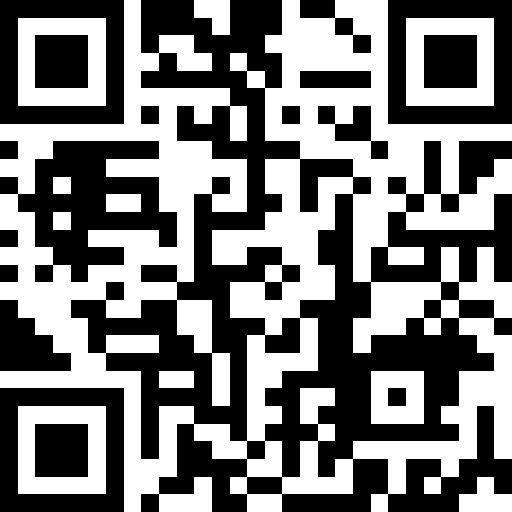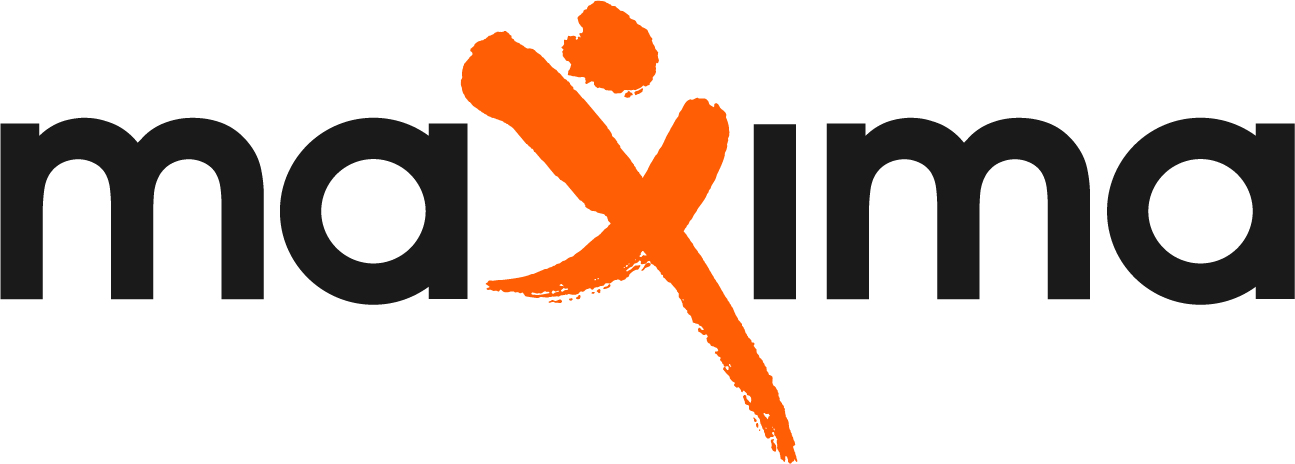OHS INCIDENT REPORT
-
Date and Time
-
Prepared by
-
Department you are from?
-
The attached guide has instructions related to incident response, notification (Notifiable Incidents - Page 3) investigation and reporting. If required, you can refer to it for guidance.
INCIDENT INVESTIGATION DETAILS
INCIDENT DETAILS (TIME / DATE / LOCATION)
-
Incident Investigator - Department Manager or Team Leader (First Name & Last Name)
-
What is your phone contact number?
-
Time and Date of the Incident?
-
Location of the Incident? (Describe in detail)
-
Name of person involved in incident
INJURY RELATED QUESTIONS
-
Was the employee injured? (If so prioritise their safety and first aid support)
-
Describe the injury? (Part/s of the body)
-
What to do if the employee is injured? (See attachment) - You can email or personally give this information to your staff member.
-
If you (as the Manager) receive a Worker Injury Claim Form you must issue a receipt for it. Download the attachment below (Register of Injuries template) fill it in and sign it (as the Manager/Employer). Give the 'signed' copy to the Injured Worker, HR and OHS Advisor. (It must be retained on file for 5 years).
-
Here is a copy of a Worker Injury Claim Form. The employee must submit a Worker Injury Claim form (if able) or the Manager can do it on their behalf (if they are unable). It is required for all workplace incidents resulting in injury to the worker (which includes Contractors). **It is required regardless of whether the incident was a notifiable incident or not. The employee fills in Part A. The Manager completes Part B. The Manager ensures this form is sent to the Insurance Agent (ours is Allianz, who represent WorkSafe) within 10 BUSINESS DAYS of receiving workers injury claim form (and if its related to a mental health claim it is only 3 WORKING DAYS). Fines apply if it is not sent! Contact the OHS Advisor or HR immediately for any assistance - Contact Name ? Contact Number ?
-
** Immediately consider the Injured Workers support needs (Personal, Medical & Return To Work (RTW)). Connect with the RTW Coordinator - Contact Name ? Contact Number ?. RTW Plans, advice and support are in the Department Managers area of Safety Culture.
-
Did the employee receive immediate medical assistance? (including First Aid - whether from someone else or self administered)
-
Who administered the First Aid or assistance?
-
Explain the medical assistance they received (eg - First Aid, 000 Ambulance)
-
Was the Injured Worker later admitted to hospital' as an in-patient?
-
Is it a Near Miss instead? What is a Near Miss?
A near miss is an event where:
No injury, illness, or damage occurs, but
There was the potential for harm or damage under slightly different circumstances.
Example Near Misses:
A worker slips on a wet floor but regains balance and avoids falling.
A piece of equipment malfunctions but is stopped before causing harm.
A heavy object falls and misses a worker by a small margin. -
Was this a Near Miss?
-
Report a Near Miss in the 'Issues' area of Safety Culture
-
Continue with this process by filling in the questions below (or call teh OHS Advisor - Peter Muys (0423381511)
-
Were there any witnesses to the incident?
-
Who were the witnesses? (if any)
-
What is their contact phone number?
NOTIFIABLE INCIDENTS and WorkSafe
-
What is a Notifiable Incident? Refer to the following attachment (or call WorkSafe on 13 23 60). In summary they are incidents resulting in:
- the death of a person
- a person needing medical treatment within 48 hours of being exposed to a substance
- a person needing immediate treatment as an in-patient in a hospital
- a person needing immediate medical treatment for one of the following injuries: amputation, serious head injury or serious eye injury, - ------ removal of skin (example: de-gloving, scalping), electric shock, spinal injury, loss of a bodily function, serious lacerations (example: requiring stitching or other medical treatment)
- Medical treatment means treatment by a person registered under the Health Practitioner Regulation National Law to practice in the medical or nursing or midwifery profession (doctor, nurse, midwife etc.).
You must also report the following incidents if they expose a person to a serious risk to their health or safety emanating from an immediate or imminent exposure to:
- an uncontrolled escape, spillage or leakage of any substance , including dangerous goods within the meaning of the Dangerous Goods Act 1985, or
- an implosion, explosion or fire, or
electric shock, or
- the fall or release from a height of any plant, substance or thing, or
- the collapse, overturning, failure or malfunction of, or damage to, any plant, including plant in relation to a mine, that is prescribed by the Occupational Health and Safety Regulations 2017 (OHS Regulations), or the design of which must be registered in accordance with the OHS Regulations, or
- the collapse or partial collapse of a building or structure, or
- the collapse or failure of an excavation or mine or of any shoring supporting an excavation or mine, or
- the in rush of water, mud or gas in workings in a mine, underground excavation or tunnel, or
- the interruption of the main system of ventilation in a mine, underground excavation or tunnel.
Dangerous goods incidents - Under the Dangerous Goods Act 1985 all accidents involving dangerous goods must be reported to the nearest fire authority or police station, including:
- fire
- explosion
- spills
- leakage
- escape
This does not apply to prescribed dangerous goods or prescribed quantities of dangerous goods.
Explosive incidents - Under the Dangerous Goods (Explosives) Regulations 2022 the following must be reported:
Incidents relating to explosives involved in explosions, fire or other incidents causing:
- injury to any person or immediate risk to their health or safety
- property damage
- theft or loss of explosives, break in or attempted break in -
** If this incident is a Notifiable Incident refer to the next Section (NOTIFIABLE Incidents and WorkSafe). You MUST notify WorkSafe ASAP by Phone 132 360, and then complete the Incident Notification Form (sending it to WorkSafe within 48 hours). Remember to Preserve the scene!! (Border it off with physical rope, cones and or tape and put someone in charge of the area to prevent access. Take photos). Contact the OHS Advisor - Contact Name ? Contact Number ? Emergency Warden Contact Name ? Contact Number ? or Senior Manager - Contact Name ? Contact Number ?
-
Was this a NOTIFIABLE INCIDENT? Call WorkSafe - 132 360
-
Ensure the injured worker is safe first (and getting the treatment they need) then preserve the scene until a WorkSafe Inspector arrives. Preservation of teh scene means - Border it off, prevent access and contact the OHS Advisor - Contact Name ? Contact Number ? Emergency Warden Contact Name ? Contact Number ? or Senior Manager - Contact Name ? Contact Number ?. Your guide to manage the incident scene is below.
-
If the answer is YES - ring worksafe on 132 360 to get your unique reference No. Complete the form below with that unique reference No and submit within 48 hrs. Contact the OHS Advisor immediately for assistance - Contact Name ? Contact Number ?
-
What task or activity was being performed at the time of the incident (e.g walking, lifting, running, operating machinery etc)
-
What happened? (e.g. 'employee tripped over box' or 'slipped on surface' or 'operating machinery the collided with a wall')
-
Take photo/s of incident area / location (e.g the step, the pathway or office area and upload here)
-
Take photo/s of surrounding environment (e.g step back and take an overall photo and upload here)
CONTRIBUTING FACTORS (Underlying reasons or conditions that led to the incident)
-
Identify any contributing factors from the categories below. The OHS ADVISOR can assist you if required - Contact Name ? Contact Number ?
-
Were there any Environmental factors? (e.g Was there limited lighting and visibility that meant the trip hazard couldn't be seen?)
- Noise
- Lighting / Visibility
- Vibration
- Damaged/ unstable floor
- Layout/ design
- Dust/ fume
- Slip/ trip hazard
- Not Applicable
- Other
-
Description of 'other' environmental factors that were not inlcuded in the list (optional)
-
Were there any Equipment / Materials factors? (e.g Was the wrong equipment used for the job?)
- Wrong equipment for the job
- Equipment failure
- Inadequate maintenance
- Material/ equipment too heavy/ awkward
- Inadequate guarding
- Inadequate training provided
- Not Applicable
- Other
-
Description of 'other' equipment / materials factors that were not inlcuded in the list (optional)
-
Were there any Work systems factors? (e.g was a hazard missed in a previous workplace inspection?)
- Hazard not identified previously
- Hazard was not reported previously
- Inadequate or no risk assessment conducted
- Inadequate or no safe work procedure
- Inadequate or no controls implemented
- Inadequate training/ supervision
- Not Applicable
- Other (explain)
-
Description of 'other' work systems factors (optional)
-
Were there any People factors?
- Procedure not followed / no procedure exists
- Drugs / alcohol
- Fatigue
- Time / production pressures
- Change of routine
- Distraction / personal issues / stress
- Lack of communication
- Not Applicable
- Other (Explain)
-
Description of 'other' work people factors that were not inlcuded in the list (optional)
-
Take photo evidence of any other contributing factors (optional)
Notifications
-
Have you (as the Manager) notified WorkSafe?
Supervisor Sign off
-
Department Manager - Sign here
Approval - OHS Advisor
-
What was the ROOT cause of the Incident? Use the 5 'Why's' ? Ask this question repeatedly to drill down to the reason for the incident). Look at procedural, cultural, and systemic 'gaps' that 'allowed' the incident to occur. EG - Incident: Worker falls from a height. ROOT CAUSE: Inadequate (or no) fall protection equipment, training and enforcement.
-
What was the DIRECT cause of this Incident? EG - 'Water' on the floor caused the slip, A 'fall' from the roof edge of the building onto the ground casued the injury.
-
What was the UNDERLYING cause of the Incident? ('Contributing conditions' or 'actions' that 'allowed' the direct cause to occur. EG - Poor housekeeping practices and inadequate hazard reporting.
-
What Corrective Actions are recommended?
-
Date and time of approval
-
Approver's signature (OHS Advisor)







